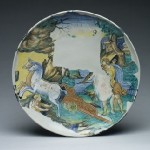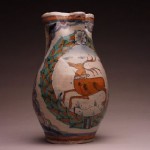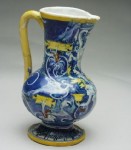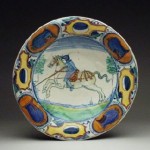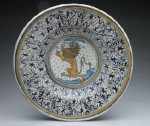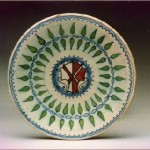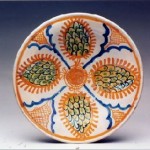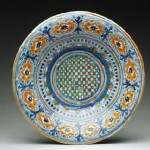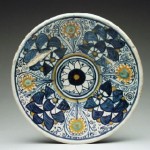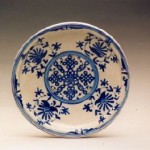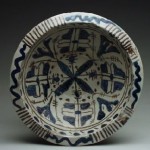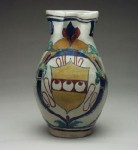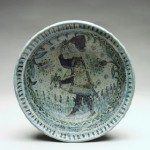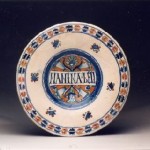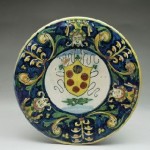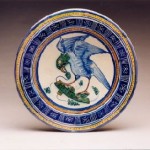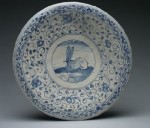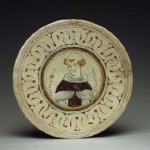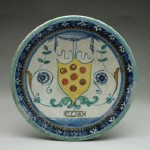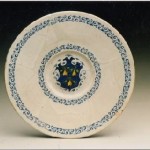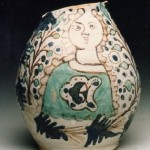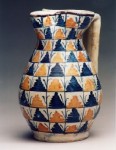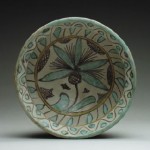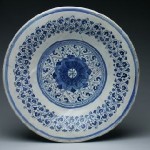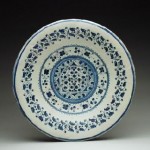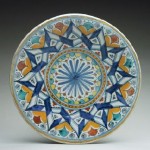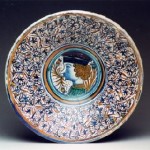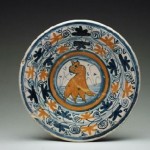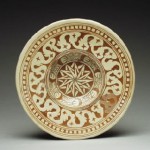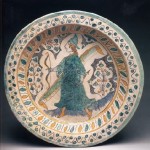The Museum of Archeology and Ceramics of Montelupo intends to collect, preserve and spread any document which serves to deepen the knowledge of ceramic production, both in Montelupo and in any other territorial area, and of any other aspect connected to the material culture, the civil and moral life of the populations which lived in the territory of the current Municipality of Montelupo Fiorentino and the neighboring areas.
The museum exhibits numerous local archeological finds from pre-history to the end of the Middle Ages and locally manufactured ceramics discovered in the urban excavations.
The section of the exhibition reserved for ceramics presents a wide selection of more than 3,000 restored examples which are part of the internal collections and document in its various aspects the activity of the local workshops from the late Middle Ages to the end of the Modern Age, testifying to the orders of great importance which were placed to the kilns of Montelupo and which gave vent to a vast production of great decorative value.
The institute is distributed on three exhibition floors subdivided into the following sections:
* Archeology of the Territory (pre-historic, Etruscan, Roman)
* Ceramics of Montelupo,from the Middle Ages to the 18th century Inside,
the appropriate didactic-explanatory sections introduce the visitor to the subjects dealt with in each exhibition section. Near the institute there is an ancient ceramic kiln, where the typical work environment of the pre-industrial period is still visible. (It may be visited following the didactic itineraries).
Since 1989 an archeological excavation has been started by the Museum, which has brought to light a large Roman country villa of the 1st century B.C., near the Virginio stream (aerial photo of the Roman villa). The intrinsic characteristics of the premises, its dimensions and the chronology of its foundation itself place it in the slave villa category, a phenomenon which did not seem to go further north along the Tyrrhenian coast than the southern part of Tuscany.
The History of the Ceramics of Montelupo
In order to understand Montelupo’s history, it is necessary to connect the events concerning thepresent town of Montelupo to the two most important factors of its dependence on Florence and the development of its ceramic production: in fact, both factors contributed decisively both to the rise of the settlement in the form of “walled land” (that is, of a town secured by walls) and its subsequent development.
Between the 12th and 13th centuries, at the time in which the Lilied City (Florence) began the conquest of the surrounding territories, the population rate of the Montelupo area was rather low and concentrated around a defensive tower dependent on Capraia, the powerful castle of the Counts Alberti on the other side of the Arno.
When the Alberti tower was destroyed in 1203, the Florentines immediately enlarged the ancient settlement, reuniting the surrounding population inside it. At the end of the 1200’s, they added to the new castle a large rectangular area which stretched from the top to the bottom of the hill, thus joining a small pre-existing village, which had been built near a Roman bridge which right there linked the two banks of the river.
In the early fiscal documents (1350) available to us, one can, in fact, already observe how the town of Montelupo was divided into “Castle” – a placename limited to the hill’s summit and part of the original settlement – and “Village” – name which defined the subsequent enlargement, so called even if surrounded by walls.
After the years of the demographic crisis (1340-1450), Montelupo had a new increase in the built-up area, and the growth of the settlement attracted immigrants even from distant places, according to a process that has constantly characterized the history of this “walled land”.

